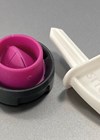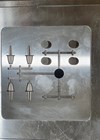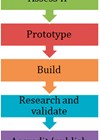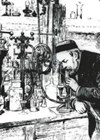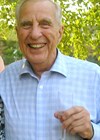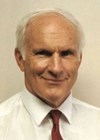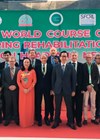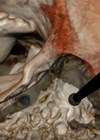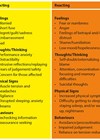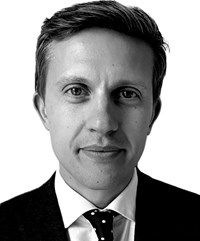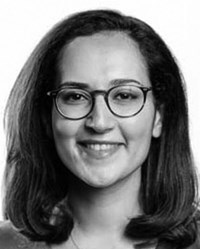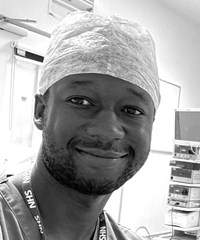ENT features
How can we be SMART with virtual consultations?
At the beginning of 2020, video conferencing and phone consultations accounted for less than 1% of all consultations. Now it is probably 70%. Whilst there are many remote consultation solutions available, Tina Marshall describes what the ideal solution should look...
Innovation in medical product technologies
There is a point in all innovation projects where the clinician has exhausted their knowledge and needs expert help to create a prototype. Mark Prince, Design Engineer, discusses this phase of the project and how engineers’ analytical thinking brings a...
How good ideas become great products: in conversation with three medical innovators
Ever had a great idea for an innovation that would significantly improve your practice, but wondered how to go about developing it? Lucy Dalton interviewed three consultant ENT surgeons-come-successful innovators (one international, one novice and one experienced) who explain what...
The process of medical innovation
You’ve got an amazing idea for a new device. It is going to change how your speciality of surgery is practised. It will lead to better operative results and lower risks to patients – that’s amazing, can I see it?...
History of innovation in ENT
Innovation seems to have been in the strapline of every meeting, conference and course for the last few years. You would be forgiven for thinking it is a new a concept, but as Neil Weir beautifully details, innovation has been...
Bettear: one start-up’s journey to bridging a technological gap in pursuit of auditory accessibility
Imagine your disappointment if you have been looking forward to seeing your favourite grunge band play live at the Dog and Duck for weeks. Your family is bored of you constantly playing their greatest hits. But when you turn up...
OBITUARY: Bernard Colman (1924-2020)
Bernard Colman at his leaving party at the old Radcliffe infirmary in 1989, which was his retirement year. Born above a corner shop in Wolverhampton on 17 October 1924, Bernard Colman entered Wolverhampton Grammar School in 1933 but left early...
OBITUARY: Alan Gibb (1919-2020)
Alan Gibb, who passed away on 5 September aged 101, was the Grand Old Man of British Otology. He slipped quietly away at home on Deeside from the long-term consequences of a stroke about two years ago, from which he...
Globalisation, interconnectivity and unintended consequences
Drs Mom and Lea have thrown down the gauntlet, challenging us all to openly assess the global impact we have as countries, societies, surgeons and individuals. Being a surgeon is not all about surgery. How we respond will define our...
Machine learning and the future of otolaryngology
If you are over 30 years of age, you have witnessed a technology revolution that has grossly affected how we live: computers have come from being an oddity to an everyday feature in our households and places of work; the...
Physician health and wellness amidst a global pandemic
Dr Westerberg attended a workshop on Physician Wellness hosted by Dr Osler a few years ago at our Canadian Society of Otolaryngology-Head and Neck Surgery meeting. The list of symptoms of stress and burnout resonated as typical of almost a...
IFOS 2021: imagining inspirational continuing professional development
If you expect a virtual presentation to be the same as an in-person presentation, just without the live person in front of you, then you have no imagination. Irrespective of the challenges facing us currently with meeting in person during...



